It is so important to think about what we are putting in our bodies. This doesn’t just mean thinking about junk food, alcohol, and our diets, but minerals and vitamins.
Some of the most important vitamins that our bodies need are the B vitamins, and one of these very important vitamins is vitamin B3, otherwise known as niacin.
However, before we jump into the answers about niacin’s veganism and what it is for, as well as other considerations, let’s look at some answers to often-asked concerns around niacin.
Firstly, niacin is indeed vegan. It is found in many foods, including plants, as well as supplements. However in supplements, it can often come from animals, however, it is more often produced microbially or chemically, so there is usually little issue around it.
Niacin supplements are often synthetically produced, if not, they are produced by microbes.
If you want natural niacin sources, you should consider ingesting peanuts, sunflower seeds, rice, and potatoes.
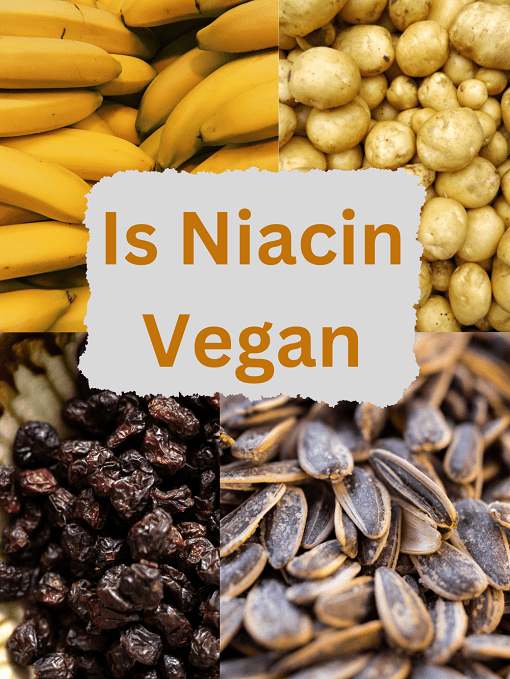
Typically, vegans are not niacin deficient, however, those who are most at risk for a niacin deficiency are usually those who have carcinoid syndrome, undernutrition, Hartnup disease, or do not intake enough iron, pyridoxine, or riboflavin.
Later on, I will also walk you through the sources of niacin so you can understand what will lead to a deficiency and how you can fight it.
About Niacin
Niacin is a water-soluble vitamin, and much like many other nutrients, it was actually discovered through a deficiency disorder. Niacin deficiency is known as pellagra. Dogs can also get this deficiency as well, which for dogs is known as the black tongue.
Pellagra used to be a very common deficiency in the SouthEastern United states wherein corn was known to contain a form of vitamin which is fairly unavailable.
In order to best avoid confusion you should be aware that Vitamin B3 is niacin, a term made up of two very specific but similar compounds which have identical vitamin activity, nicotinamide, and nicotinic acid.
If you are interested in chemistry like I am, you may recognize this nicotinamide in most supplements, however, it appears in food in a variety of ways. Structurally it is a pyridine 3-carboxylic acid or nicotinic acid amide.
When found in plant-based foods it is usually nicotinic acid, but in animal food products it will show up as nicotinamide, NAD, or NADP.
Redox
Redox has an energy transformation into NAD. Much like riboflavin and thiamin, niacin is very important in getting energy from macronutrients, especially if it is involved in electron transport chains, krebs cycle, fatty acid breakdowns, or glycolysis.
As a fat metabolism, it is NADP. While NAd breaks down nutrition to produce energy, NADP actually is more of a reduction agent, it carries electrons in different biosynthetic processes, including the synthesis of cholesterol and fatty acids.
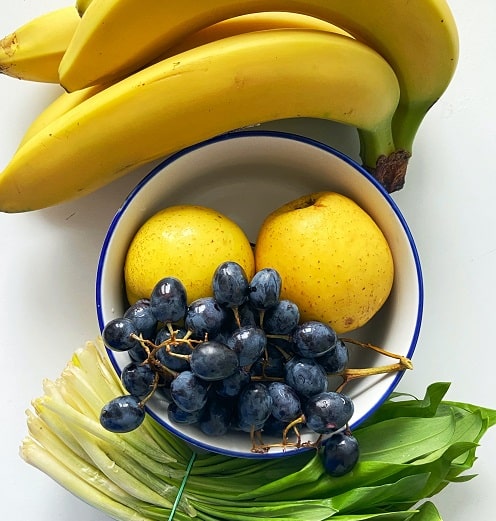
Non-Redox
NAD will aid in the modification of proteins that are associated with chromosomes in the body as well as reactions that help to control cellular processes such as transcription, DNA repair, replication, and so on.
Getting Niacin As A Vegan
While there is no shortage of vegan foods that will provide you with niacin, it is still beneficial to know which foods will provide you with his essential vitamin
High Bioavailability
Grains and grain-based products provide niacin in appreciable amounts.
Look for these foods:
- Whole grains: multigrain bread has 1.1 milligrams of niacin, and a bowl of cereal gives you 5 milligrams. So, with a bowl of cereal (1 cup worth) you will get 25% of the daily value.
- Fortified and enriched bread products. White rice and enriched white bread both have 3.5 milligrams per cup/ 1.1 milligrams per slice.
- Seeds: Just one ounce of seeds like sesame seeds will have 1.3 milligrams of niacin, which is 6% of the daily value.
Peanuts also provide niacin in a fair enough amount. Legumes will also often have this too. Just 2 tablespoons of peanut butter have around 21% of the daily value of niacin!
Low Bioavailability
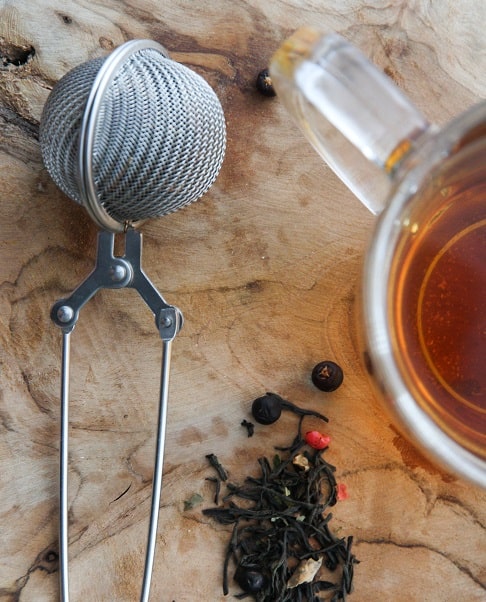
While it is available in lower amounts you can still get niacin from tea and coffee.
Some niacin is performed while some are made via processing, you can see this in coffee where there is a compound known as trigonelline that is made into niacin through the roasting of beans.
It can also be found in smaller quantities in complex carbs and peptides.
NAD and NADP, are the main forms, however, they can also be found in the form of bonds too!
It can be found as niacin, in which niacin is bound to complex carbs, or in niacinogens in which niacin is bound to tiny peptides.
Niacin which is bound is often found in cereal, corn, or wheat products, and sadly these are not all that bioavailable, which is exactly why there was a deficiency back in the past. Only about 10% of the niacin that is found in corn is actually absorbable.
It turns out that chemical treatments with lime water can actually improve the bioavailability of bound niacin, exposure to gastric acid also does the same.
Finally, there are also tryptophan foods, these can be considered as a source of niacin, as niacin can be synthesized inside your liver and other issues from the tryptophan amino acid. Which is pretty handy!
Vegan Niacin Sources
Let’s take a quick look at some of the best-selected available food sources of Niacin for vegans.
| Niacin Food Source | Amount | Milligrams per amount | Percentage of Daily Value |
| Cooked brown rice | 1 cup | 5.2 mg | 26% |
| Cereals fortified with 25% niacin DV | – | 1.1 mg | 65% |
| Dry roasted Peanuts | 1 oz | 4.2 mg | 21% |
| Cooked, enriched, white rice | 1 cup | 2.3 mg | 12% |
| Baked russet potato | 1 medium | 2.3 mg | 12% |
| Dry roasted sunflower seeds | 1 oz | 2.0 mg | 10% |
| Whole wheat bread | 1 slice | 1.4 mg | 7% |
| Dry roasted pumpkin seeds | 1 oz | 1.3 mg | 7% |
| Unfortified soy milk | 1 cup | 1.3 mg | 7% |
| White enriched bread | 1 slice | 1.3 mg | 7% |
| Boiled and drained lentils | ½ cup | 1.0 mg | 5% |
| Cooked bulgur | 1 cup | 0.9 mg | 5% |
| Banana | 1 medium | 0.8 mg | 4% |
| Prepared frozen edamame | ½ cup | 0.7 mg | 4% |
| Raisins | ½ cup | 0.6 mg | 3% |
| Cherry tomatoes | ½ cup | 0.5 mg | 3% |
| Boiled, chopped, and drained broccoli | ½ cup | 0.4 mg | 2% |
| Dry roasted cashews | 1 oz | 0.4 mg | 2% |
When looking at the Daily Value for niacin in these foods, this is for children over the age of 4. However, the daily value changed to 16 mg as per the Nutrition & Supplement Facts. Updated information will now be available on supplements and food products, so feel free to check when you go shopping!
Be aware that the FDA does not actually specify that labels are required for niacin unless a food type has been fortified with niacin. If you are curious, however, the USDA database for standard reference has a list of foods with their nutritional contents, including niacin!
Niacin Needs For Vegans
Sadly, experts in the nutritional field decided this was not complicated enough already, so if you are not a nutrition geek, it might be wise to just take a look at the chart below.
However, if you want to challenge yourself to painstaking nutritional math, look at the protein content, and gauge if you can count niacin equivalents. So the idea is that 60 mg of tryptophan (an amino acid) equals 1 mg of niacin.
So, if you see ‘niacin equivalent NE’ on the packaging then this means 60 mg of tryptophan is 1 mg of niacin.
Now for more of a headache…
- 1 gram of protein = 10 mg of tryptophan.
- 60 grams of tryptophan = 1 gram of niacin.
So, if you buy something it has 60 grams of protein, it gives 600 mg of tryptophan, and therefore 10 grams of niacin.
I sincerely hope you never have to do this, it’s too complicated, and unless you enjoy math there is no need to torture yourself.
Niacin Needs For Niacin DRI/RDA
Let’s take a quick look at the Daily Recommended Intake for Niacin
| Age & Gender | Daily Recommended Amount |
| Infant: | |
| 0-6 months | 2.0 mg per day |
| 7-12 months | 0.4 mg per day |
| Child: | |
| 1-3 years | 6.0 mg per day |
| 4-8 years | 8.0 mg per day |
| Male: | |
| 9-13 years | 12 mg per day |
| 14-50 years | 16 mg per day |
| 50-70 years | 16 mg per day |
| Female: | |
| 9-13 years | 12 mg per day |
| 14-18 years | 14 mg per day |
| 19 years plus | 14 mg per day |
| Pregnancy: | |
| Under 18 | 18 mg per day |
| 19-50 years | 18 mg per day |
| Lactation: | |
| Under 18 | 17 mg per day |
| 19-50 Years | 17 mg per day. |
Vegan Diet & Status Of Niacin
I am happy to tell you that veganism and niacin are just fine, vegan diets contain plenty of niacin-heavy plant foods, so you can still get plenty and you are unlikely to be niacin deficient.
FAQs:
Is Niacin Plant-Based?
Some plants do contain niacin. Leafy greens as well as coffee beans and tea leaves contain niacin.
What Is Niacin Made Of?
Niacin is made of nicotinic acid and nicotinamide, however, some foods will have NAD or NADP in small amounts. Some tryptophan (an amino acid) is converted into niacin by the body.
Who Should Not Take Niacin?
If you have kidney disease, liver disease, or stomach ulcers you should not take niacin supplements.
What Does Niacin Do To The Brain?
It is believed that niacin can protect your brain cells from injury and stress.

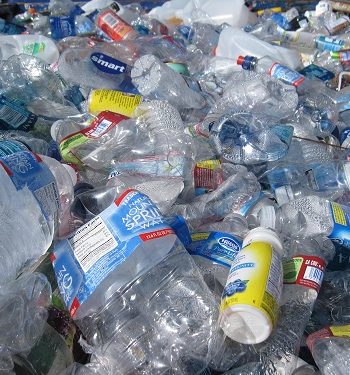
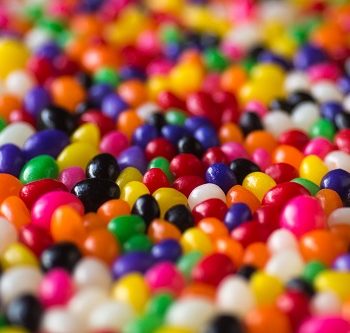
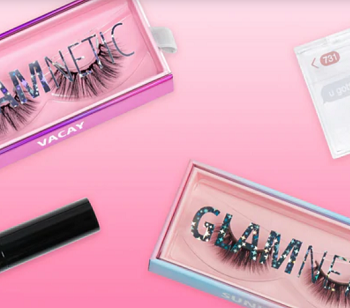
No Comments